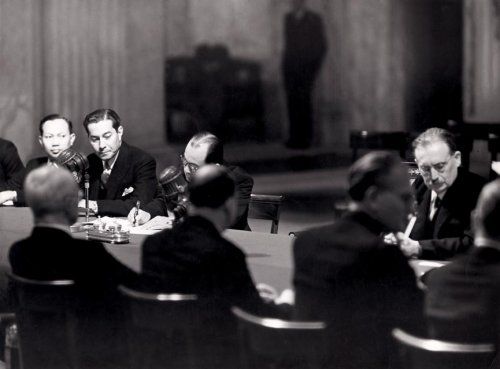
Photo: Spaarnestad
For hundreds of years Indonesia was under Dutch colonialism. Previously, the territory of Indonesia was known as the Nusantara Archipelago, when under the Dutch it was called the Dutch East Indies, and after independence it uses the name Indonesia.
Hundreds of years of controlling Indonesia made the Dutch reluctant to leave Indonesia even when the era of colonialism was over. When Indonesian leaders proclaimed Indonesia's independence on August 17, 1945 by taking advantage of the momentum of the power vacuum after the surrender of Japan, the Dutch refused to recognize it.
With the help of the Allies, the Dutch re-entered Indonesia and attempted to reclaim power from the legitimate government. A series of military aggressions were carried out by the Dutch to stop the resistance of the Republican group, but these efforts failed.
Finally, after a grueling war for more than 4 years, the Dutch were willing to hand over sovereignty to the government of the Republic of Indonesia. For the Indonesian government, they call it recognition of sovereignty, not transfer of sovereignty.
The photo above was taken at the signing of the recognition of sovereignty in Amsterdam on December 27, 1949. Vice President Mohammad Hatta represented the Indonesian government to sign the agreement, while the Dutch government was represented by Prime Minister Willem Drees.
For decades later the Netherlands recognized Indonesia's independence on December 27, 1949, not on August 17, 1945. This was to avoid the claim that the Netherlands for 4 years has carried out military aggression against a sovereign country. On the 60th anniversary of Indonesia's independence in 2005, the Dutch government finally recognized Indonesia's independence on 17 August 1945.
Congratulations, your post has been curated by @r2cornell-curate. Also, find us on Discord
Felicitaciones, su publication ha sido votado por @r2cornell. También, encuéntranos en Discord
Thank you